Researchers used a solid-liquid-solid method to fabricate wafer-scale 2D InSe, solving key challenges in next-gen semiconductor manufacturing.
Category: Nanotech
-
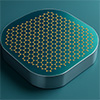
Wafer-scale 2D InSe semiconductors achieved with new growth strategy
-

Could nanotechnology spark elementary students' curiosity in science?
Researchers use nanotechnology and problem-based learning to boost elementary science skills, spark curiosity, and build real-world connections.
Continue Reading
-
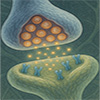
Scientists achieve brain-like memory in nanofluidic devices
Programmable 2D nanochannels mimic both synaptic behaviour and multiple memory types, marking a major advance in neuromorphic computing.
Continue Reading
-
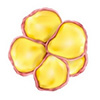
Nanotechnology advances help fat cells burn themselves
Researchers created a targeted fat loss therapy using light-sensitive nanoparticles that activate fat-burning processes inside adipocytes, offering a new direction for localized obesity treatment without systemic drugs.
Continue Reading
-
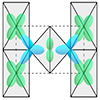
New method to steer electricity in atom-thin metals may revolutionize devices
Researchers found a way to control charge flow in ultrathin metals with light at room temperature, enabling efficient optical and quantum technology.
Continue Reading
-
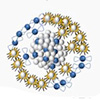
Platinum-free calcium alloy nanoparticles boost fuel cell efficiency and life
Researchers developed platinum-calcium alloy nanoparticles that improve both efficiency and durability of hydrogen fuel cells using a liquid-phase synthesis method.
Continue Reading
-

Reducing material usage in light-driven energy conversion
Scientists developed a new synthesis route for ultrathin photoanodes, which enables a 100 nm tantalum nitride layer to outperform much thicker films fabricated through conventional oxide precursors.
Continue Reading
-
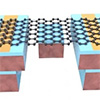
Double-layer grapene membranes lead to ultra-small, high-yield motion sensors
A new graphene-based accelerometer design improves durability and yield using 1 micron trenches, offering potential for wearables, robotics, and medical devices.
Continue Reading
-
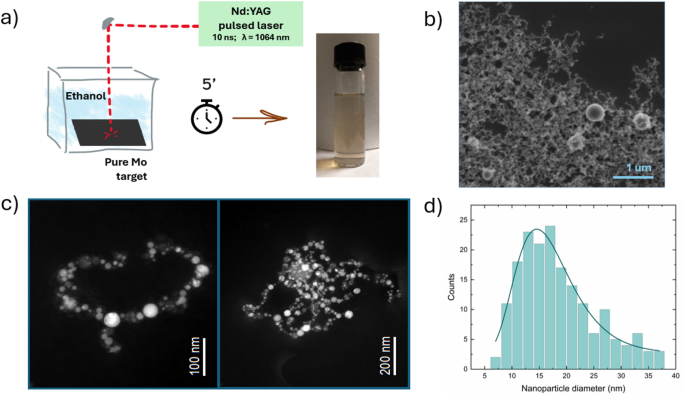
Molybdenum carbide nanoparticles produced by pulsed laser ablation for efficient hydrogen evolution reaction in alkaline conditions
Synthesis and characterization of molybdenum carbide NPs
Fig. 1 (a) Schematic of PLAL system in which the Nd: YAG pulsed laser is focused onto the Mo target immersed in Ethanol. After 5 min of ablation, 8 mL of NPs dispersion into the vial appear…
Continue Reading
-

Role of non-reciprocity in spin-wave channeling
Experimental results
We use CoFeB/Ru/CoFeB synthetic antiferromagnetics (SAF), patterned into stripes meant to channel the spin waves. The stripes have widths wmag = 5 μm [Fig. 1] and are covered by a microwave antenna of width want =…
Continue Reading